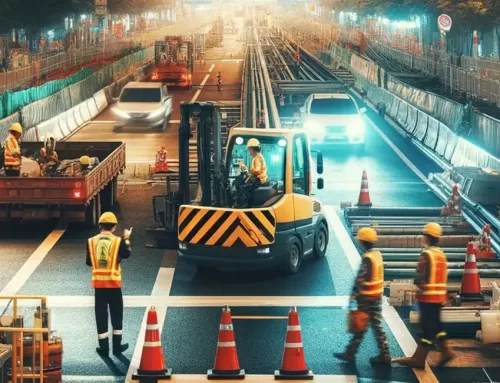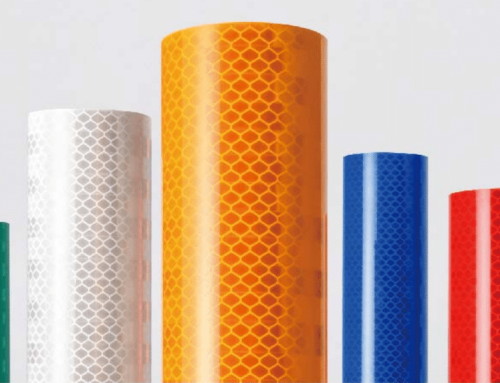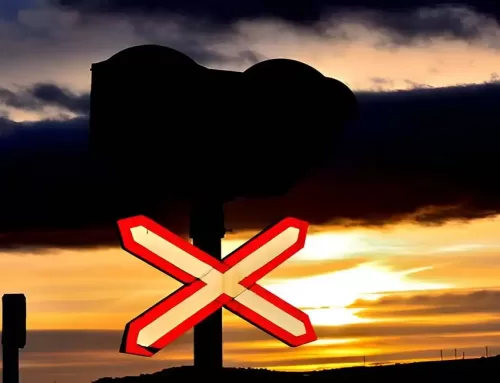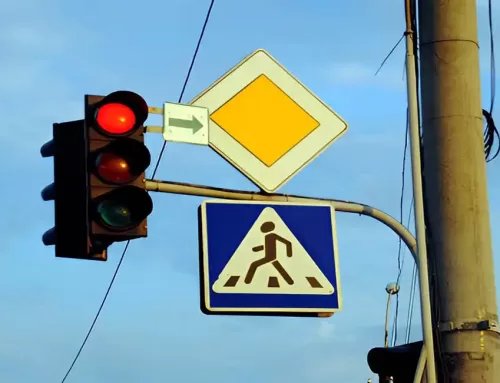Is Conspicuity Tape Required on a Straight Truck?
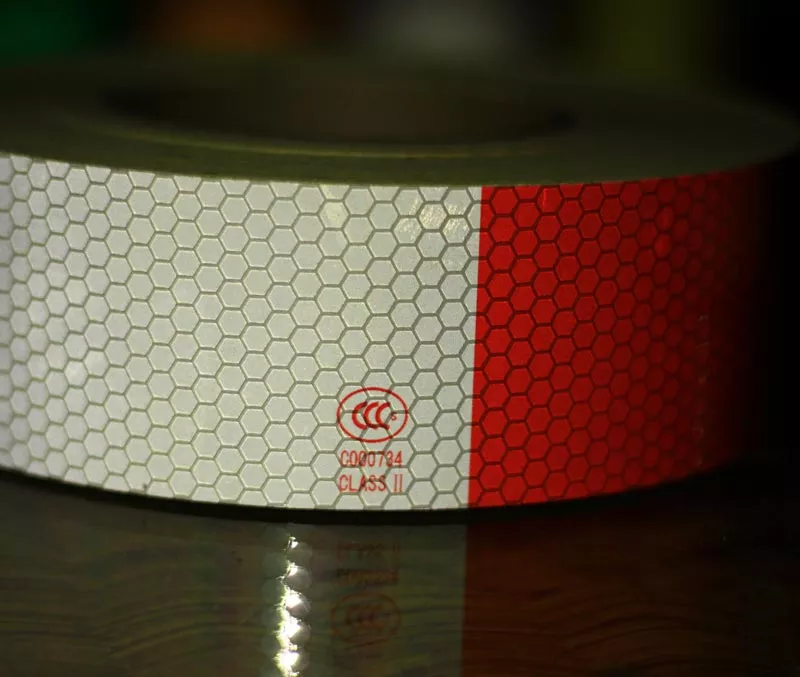
If you’re wondering whether or not you need to use reflective tape on your straight truck, read on. We’ll explore the importance of using conspicuity tape, its benefits, and what you can expect from it in terms of cost and effectiveness. Read on to discover why this safety measure is essential. Here’s a breakdown of the DOT’s requirements. It’s the law!
Reflective tape is not required on a straight truck
Many trucks look like reefer or dry vans but they do not have any conspicuity sheeting on the sides. It is important to note that Federal regulations do not require the use of conspicuity tape on a straight truck. The U.S. Department of Transportation does, however, require the use of retro-reflective tape on all trucks. Depending on the size of the truck, this tape must be applied to the sides and bottom of the trailer.
Most people think reflective tape is only for trucks with taillights. But that is not always the case. In fact, this tape can be used for much more than just glare reduction. It can be used to identify the truck to other drivers. For instance, it can be used to identify a truck that is parked in a lane. It is also effective for bird control. In addition to its glaring effect, reflective tape also generates sound and flickering light when it moves in the wind.
After applying the reflective tape, make sure the vehicle is clean and grease and dirt free. Also, do not install the tape on freshly painted surfaces because fumes from the paint can affect its adhesive properties. Install it between 40 and 85 degrees. The colder temperatures will cause the adhesive to stiffen. You may also want to use a small rubber roller to apply pressure. Avoid using your finger to apply pressure because this could cause it to curl up and fall off.
For trailers, the DOT requires red and white striped tape. This tape must be at least two inches wide and a full 12 inches long. The rear of the trailer must have white or silver reflective tape that is shaped like an inverted “L.” Make sure to check the label of the reflective tape to ensure that it complies with the DOT requirements. In fact, DOT recommends that all trailers have DOT conspicuity tape on the rear and bottom sides.
Vertical and horizontal lines of retro- reflective material
Reflex reflectors and retro reflective sheeting must be attached to trailers and semitrailers. The retro reflective material must be horizontally applied over the entire width of the trailer, beginning and ending as near to the outer edges as possible. The centerline of the retro reflective material must be between 375 mm (15 inches) and 1,525 mm (60 inches) above the road surface.
Rear and side stripes of the trailer must be covered by retro reflective sheeting. This requirement does not apply to platform trailers or container chassis with bulkheads. Underride protection devices also are exempt from the requirement to retro-reflective sheeting. The strip must be horizontal, with each strip measuring at least three hundred and fifty millimeters (375 mm +/-150 mm) above the road surface.
DOT C2 regulations require trucks to have a uniform retro-reflective pattern. The stripes must be eleven inches in width and seven inches long, and the strips must be symmetrical. In addition to being symmetrical, the retro reflective material must also be stamped with DOT-C3 or C4.
A truck tractor or trailer must have red and white retro-reflective material. It must resemble trailers in appearance and reflect light in the same direction. Manufacturers may opt for retro reflective sheeting or reflex reflectors. Temporary mudflaps will also satisfy the requirement. In fact, if the temporary mudflaps are not installed, the retro reflective sheeting and retro reflective material may be transferred to the permanent mudflap system.
Effectiveness in the dark
The effectiveness of conspicuity tape on a commercial truck in the dark depends on several factors. Among them, the angle at which a driver’s headlamp beam hits the tape. Higher angles of observation reduce the amount of reflected light, reducing the visibility distance. Also, dirt and wear reduce the reflective properties of tape, increasing the apparent distance. However, retroreflective tape is still effective even in poor visibility.
Cost
Installing retroreflective tape on your truck or trailer can increase your visibility and decrease the risk of an accident. But what about the cost of conspicuity tape? Most truck trailers do not have full reflective tape installed. That means you should make sure to purchase a high-quality version for your vehicle. And remember that it is the driver’s responsibility to clean the tape from time to time.
Safety tape will work better in low-light conditions than in full sunlight. This is because a combination truck is harder to spot in the daylight, so it may require more conspicuity to be visible. This means that it should work better on a road with low-light conditions than on a lighted highway. The tape should also be more effective at dawn or dusk, when more light is available.
Conspicuity tape is required for vehicles that weigh 10 000 lbs. The reflective tape is the best product available for this purpose, as it uses micro prisms to redirect light. The reflective tape will give off the most visibility in dark-not-lighted conditions, and oncoming motorists will be able to see its full power.
The costs associated with conspicuity tape on a straight trailer vary. In Florida, trucks with one trailer are classified as treated, and those without a trailer are classified as untreated. The federal conspicuity rules apply to both trailers. But trucking firms with tandem trailers are allowed to install both kinds of tape, and the cost of the retroreflective tape may be higher in those states.
Relevant crash involvements
Although the effectiveness of conspicuity tape is not yet fully understood, there are some clear benefits to this safety measure. According to one study, it can prevent up to 41 percent of non-fatal injuries. During nighttime, this safety measure can improve visibility and potentially prevent collisions. However, the effectiveness of this safety measure can only be gauged by the number of crashes that it prevents and not the total number of injuries.
However, this data does not include crashes involving combination trucks investigated by state and local law enforcement agencies. This may lead to under-representation of the actual number of collisions caused by conspicuity. Furthermore, it does not include crashes reported by drivers. State and local law enforcement agencies are responsible for the majority of crashes involving combination trucks, so the data obtained through these sources may be incomplete or inaccurate.
